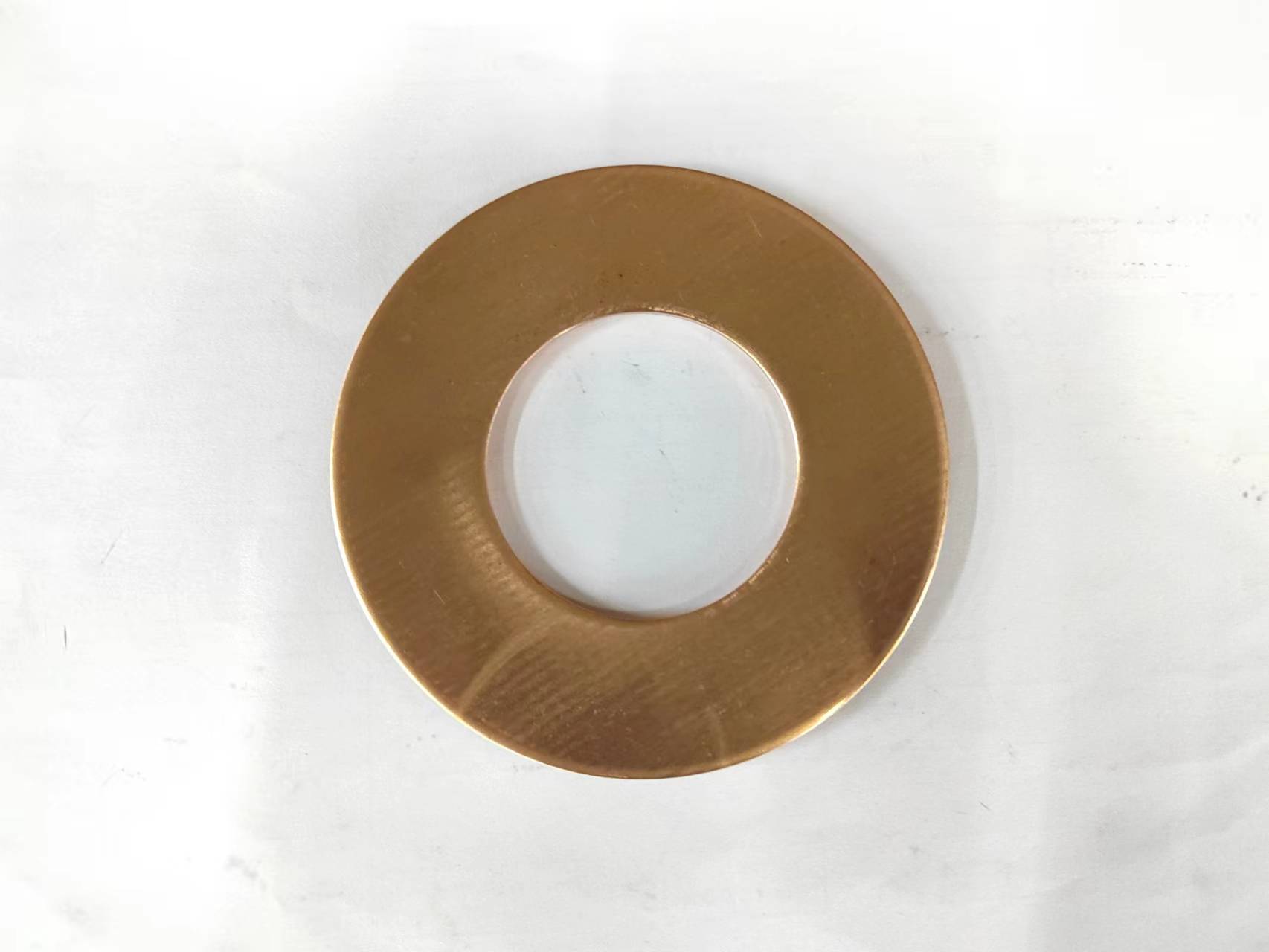Precision
stamping parts processing, electronic stamping parts processing using composite die production is a more efficient production method in processing parts, especially multi-station progressive die, can complete multiple stamping processes on one press, to achieve fully automatic production from strip uncoiling, leveling, punching to forming and finishing. High production efficiency, good labor conditions, low production costs, generally can produce hundreds of pieces per minute.
Compared with castings and forgings, stamping has the characteristics of thinness, uniformity, lightness and strength. Stamping can produce other methods difficult to manufacture with reinforcement, ribs, undulation or flap of the workpiece to improve its rigidity. Due to the use of precision molds, the accuracy of the workpiece can reach the micron level, and high repeatability, consistent specifications, can be stamped out of the hole nests, tabs and so on.

Stamping is mainly categorized by process, which can be divided into two categories: separation process and forming process. Separation process, also known as blanking, its purpose is to make the stamped parts processing along a certain contour line from the sheet separation, while ensuring that the separation of the quality requirements of the cross-section. The purpose of the molding process is to make the sheet plastic deformation under the condition of not breaking the blank, and make the required shape and size of the precision stamping parts processing.
In the actual production of Dalian stamping parts processing, often a variety of processes are comprehensively applied to a workpiece. Stamping, bending, shearing, deep drawing, expansion, spinning, straightening are some of the main stamping processes. The surface and internal properties of the sheet material used for stamping have a great impact on the quality of the finished stamped product, and the thickness of the stamped material is required to be precise and uniform.

Precision
stamping parts processing surface clean, no spot, no scar, no abrasion, no surface cracks, etc.; yield strength uniformity, no obvious directionality; uniform elongation is high; low flexural strength ratio; low work hardening. In actual production, commonly used with the stamping process approximate process test, such as deep drawing performance test, expansion performance test to test the stamping performance of the material, in order to ensure the quality of finished products and a high pass rate.




